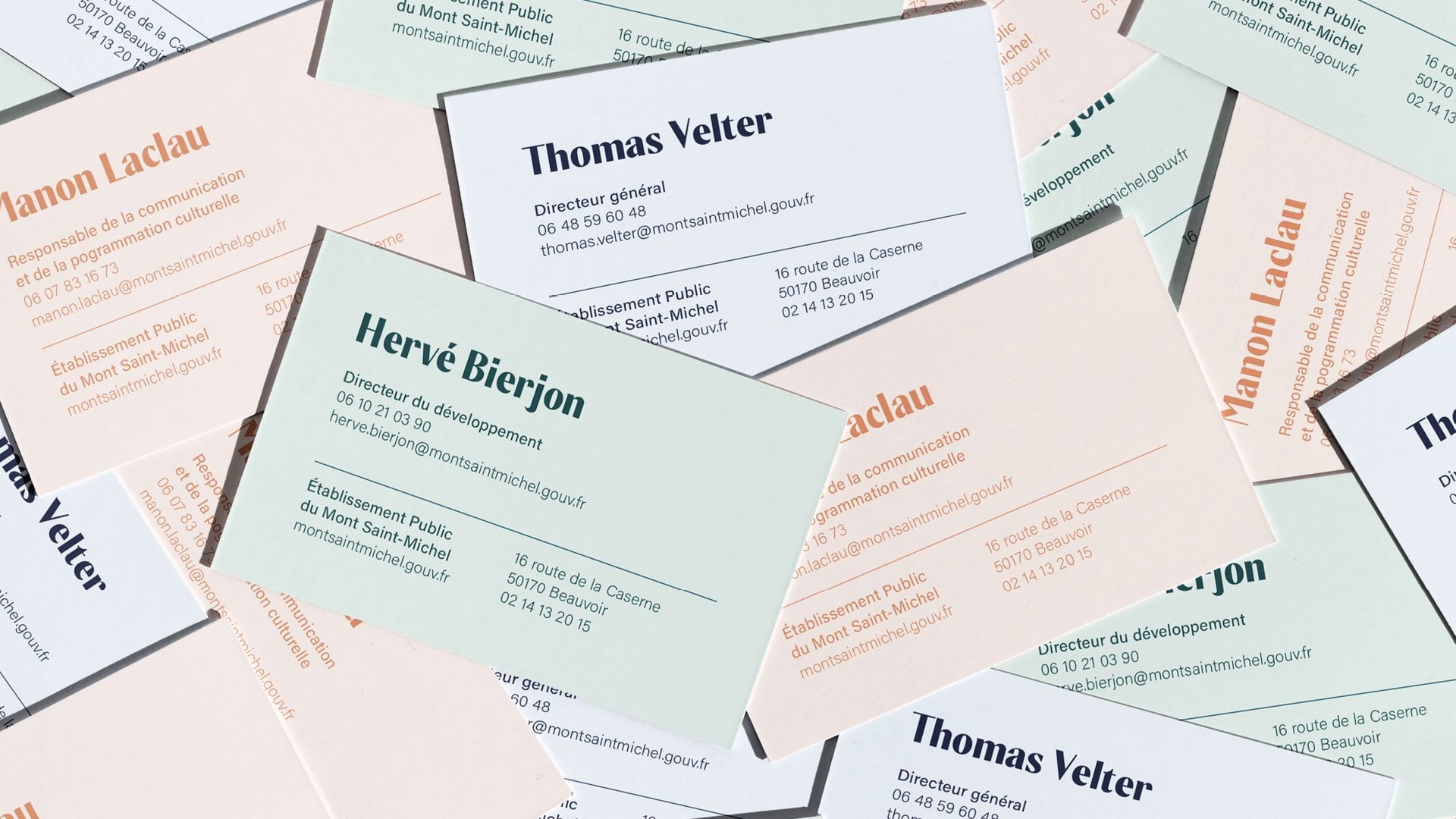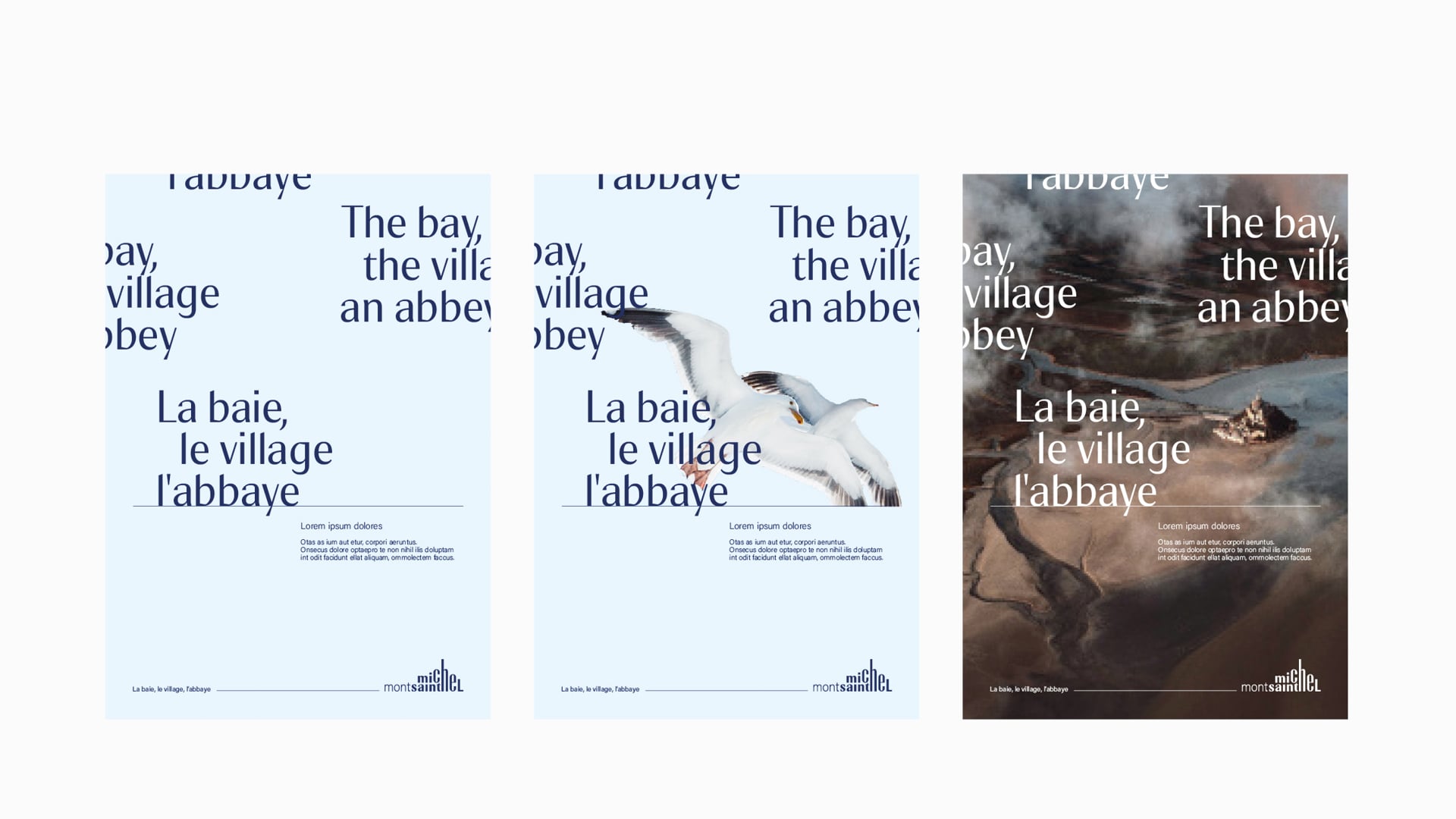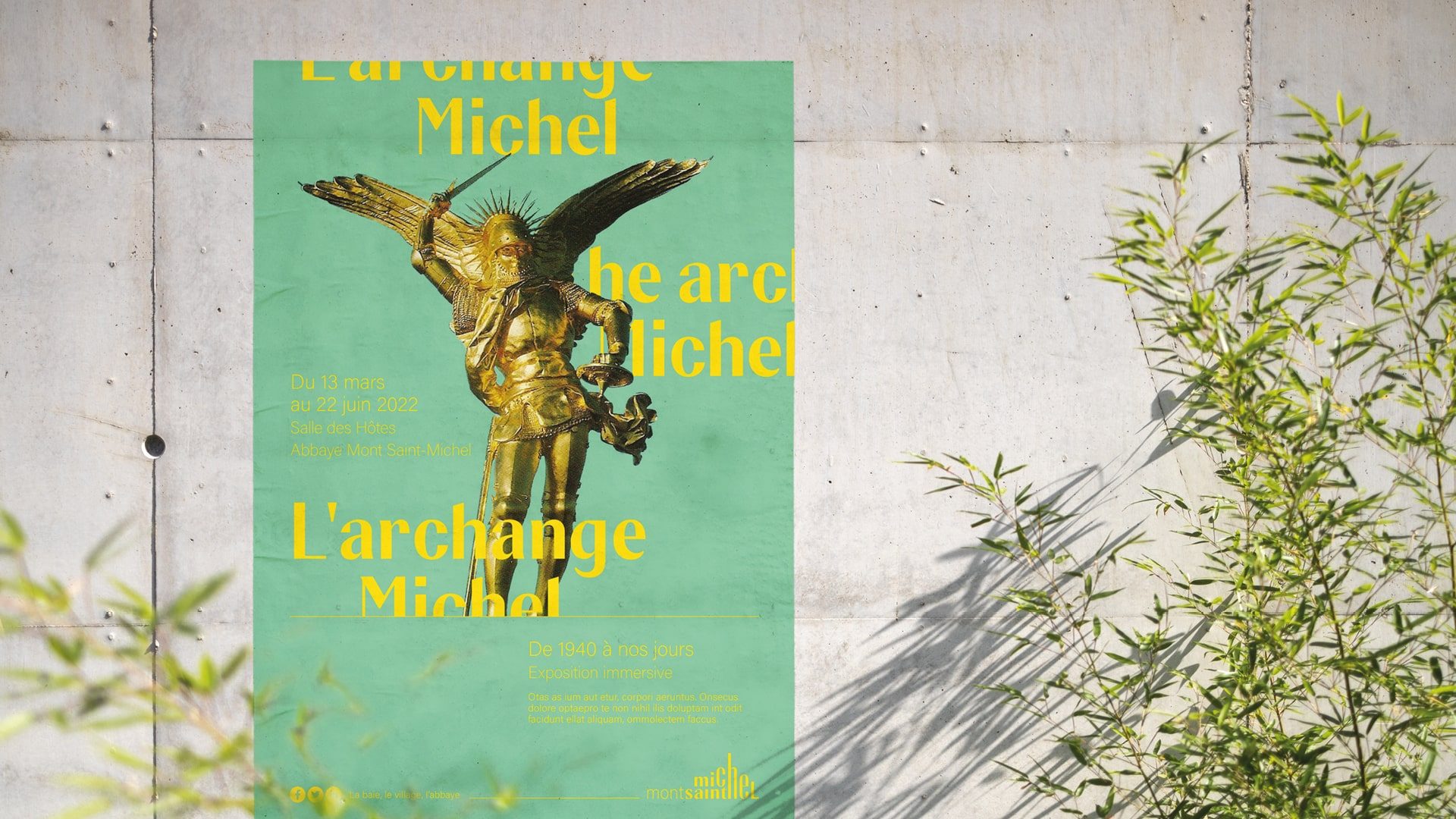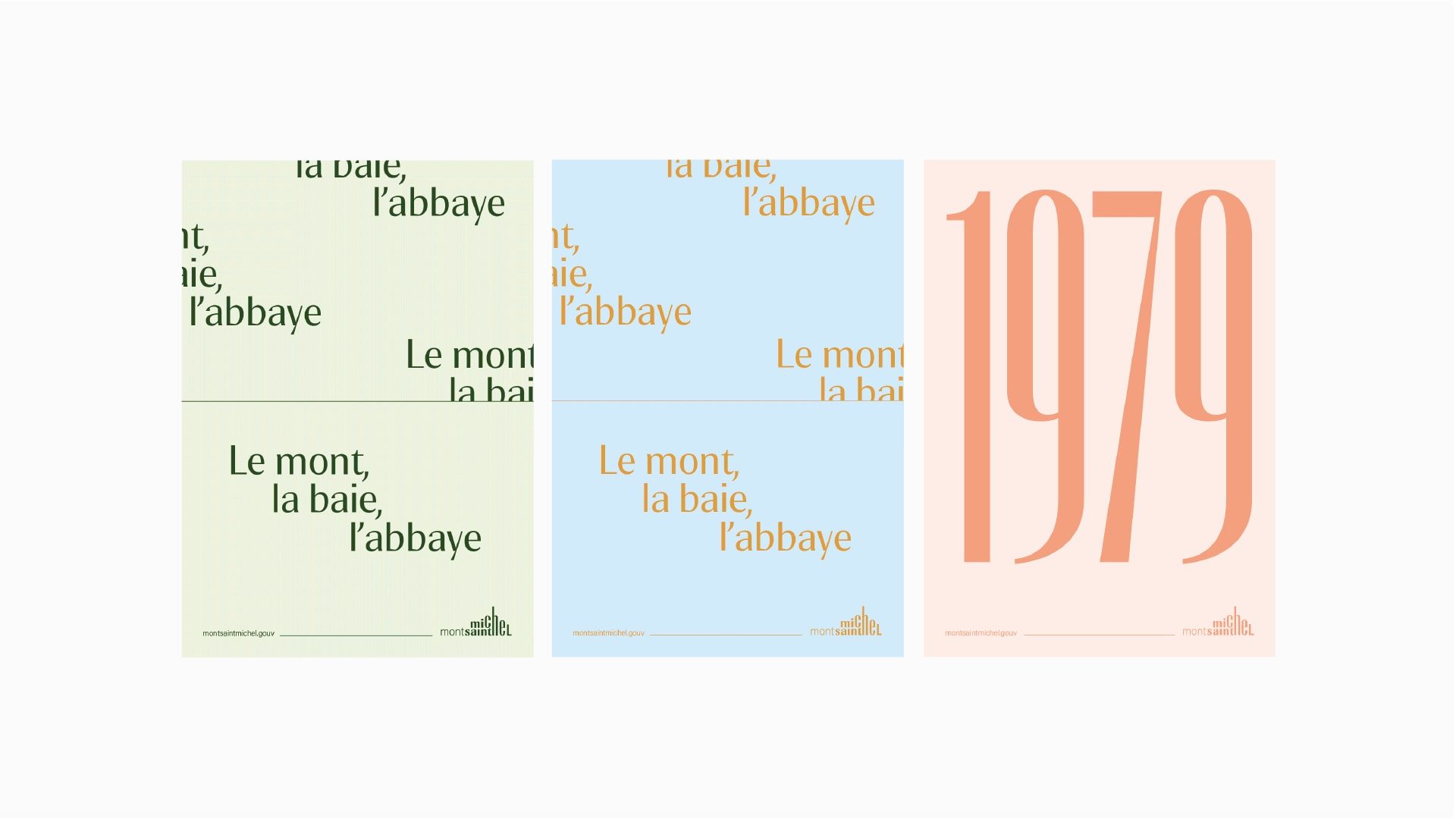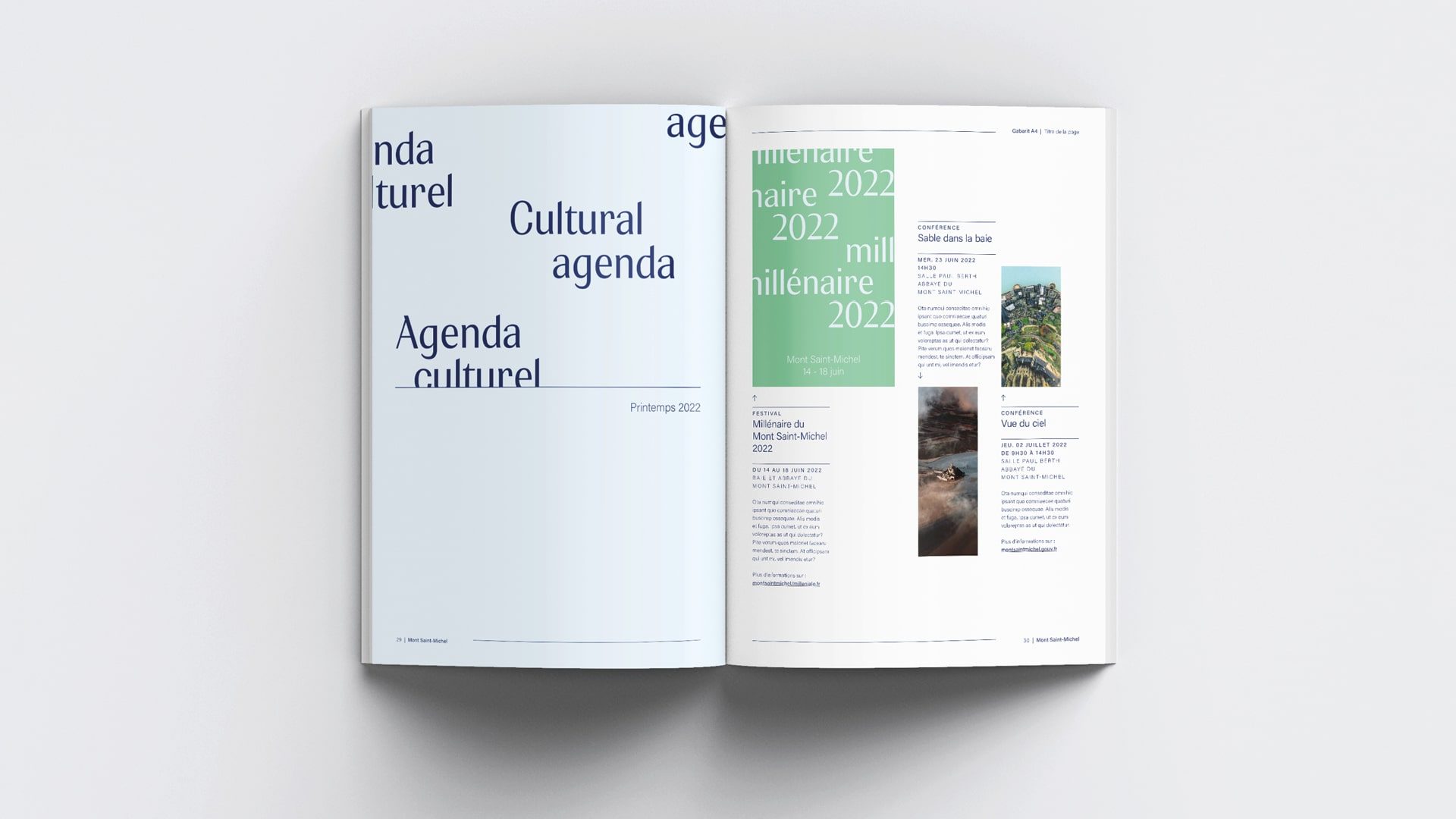
By Sebastien Hayez. Published January 15, 2024
Mont Saint-Michel
The brief

A city clinging to the flanks of a tiny pebble, itself deposited by a giant in the middle of the sea, a living legend that for over a thousand years has been home to rocky architectures combining natural and human constructions... Mont Saint-Michel is an absolute miracle, with 27 inhabitants living on 4 km² and two and a half million visitors every year: the monument, classified as a UNESCO World Heritage Site in 1979, is one of the ten most visited sites in France.
To manage this incredible flow of tourists, the French state created the Établissement Public National du Mont Saint-Michel by decree on December 11, 2019. Goodbye to the long list of partner logos, the union of management involves the establishment of a dedicated identity meeting the fundamental needs of strength, modernity and legal protection.

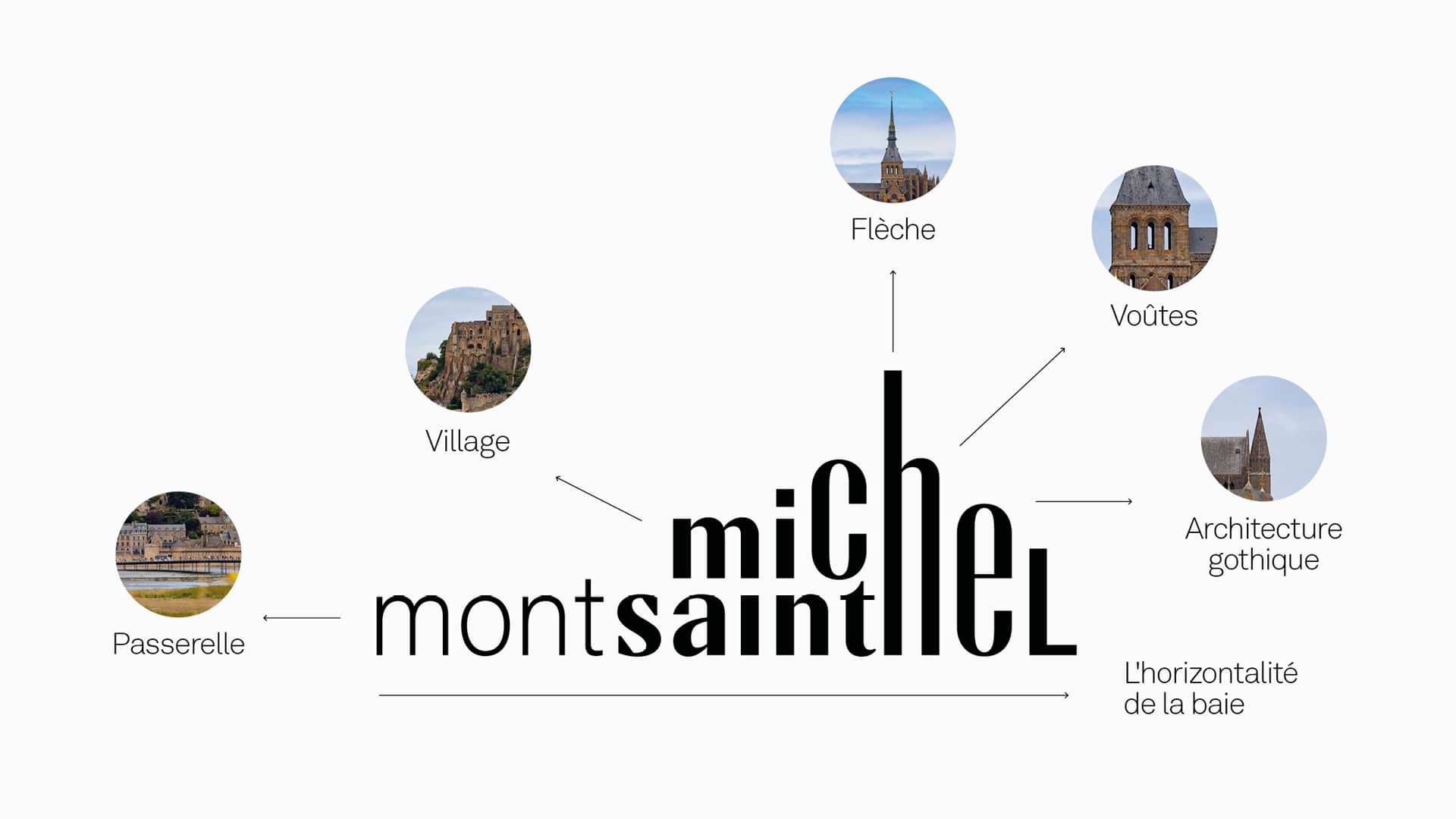
The solution
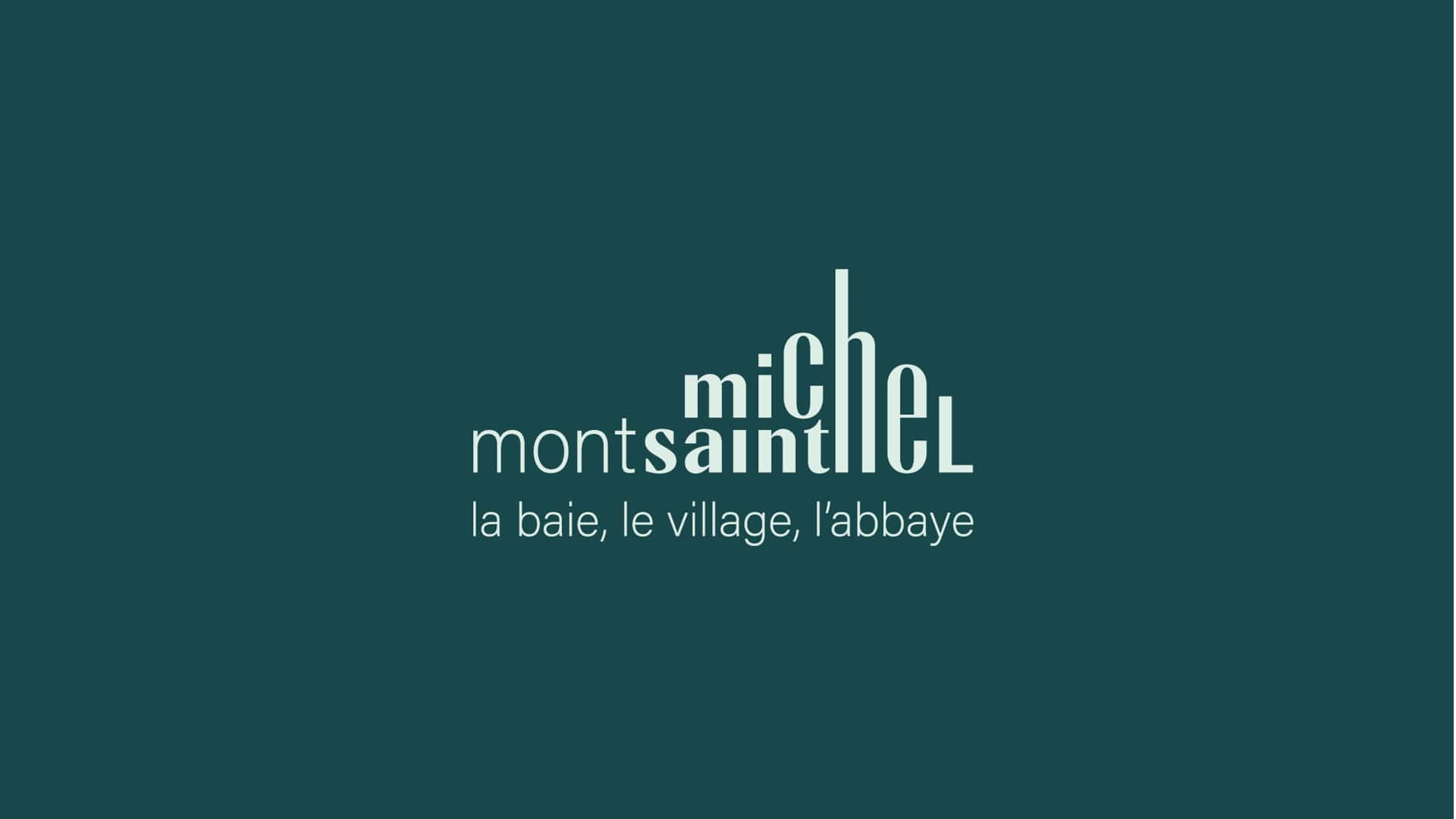
For many months, the Graphéine team stood at a distance from the issues, observing the bay, its village and its abbey, like the Archangel Michael, to find solutions to these questions of identity.
And like all effective solutions, the obvious choice was a logotype that combined the name of the heritage site and the silhouette of the rocky city. The best emblem for Mont Saint-Michel remains the image of the town embedded in the mountain: the image speaks all languages and remains deeply engraved in the collective imagination. Constructing the "Mont Saint-Michel" appellation into its own image involves choosing an explicit composition and identifiable typography.
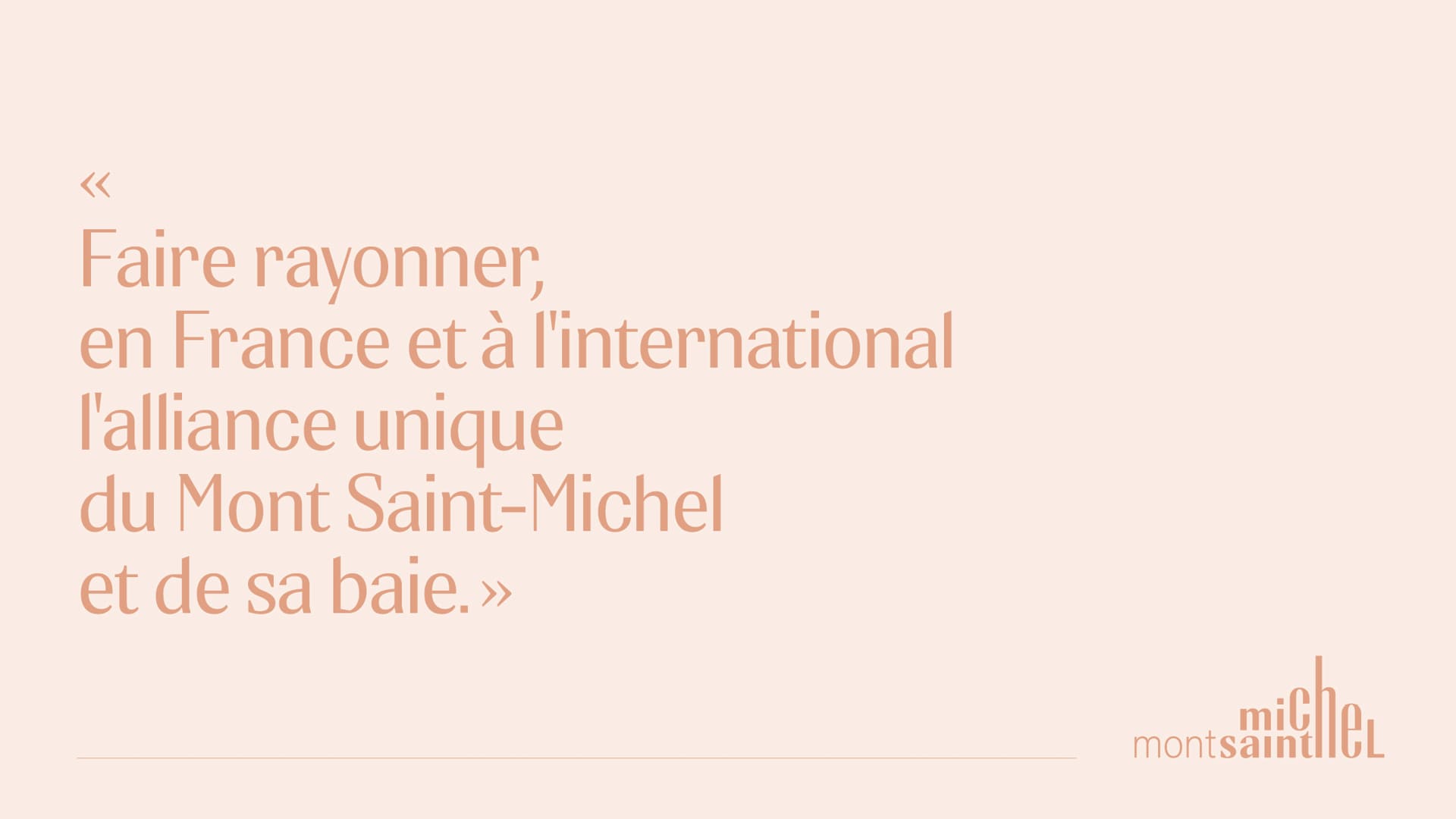
"Let's start by looking at the shape of the name - the letters always hold a secret... Stretching the letters of the name "Michel" upwards reveals the silhouette of the Mont. The letter "h", which protrudes above the rest of the letters, is positioned at the exact point of the arrow. The word "Saint" intertwines with the name "Michel" in the light of the houses in the village at the foot of the Mont. The word "Mont" clings to the rest of the name in the manner of a footbridge."
All that remains is to give the letters the final shape that will complete the identity of the new brand. Founded and developed between the 8th and 15th centuries, Mont Saint-Michel is home to precious religious archives, including writings composed in Carolingian script (models for today's lower-case humanist typography), and Blackletter calligraphy. These two models will serve as inspiration for the typographic design, for which Blaze Type will be responsible for creative and technical development.
The logotype is composed exclusively in lowercase, to combine verticality and roundness in a textual block that's more rhythmic and flexible than a set of sharp diagonal and vertical capitals.
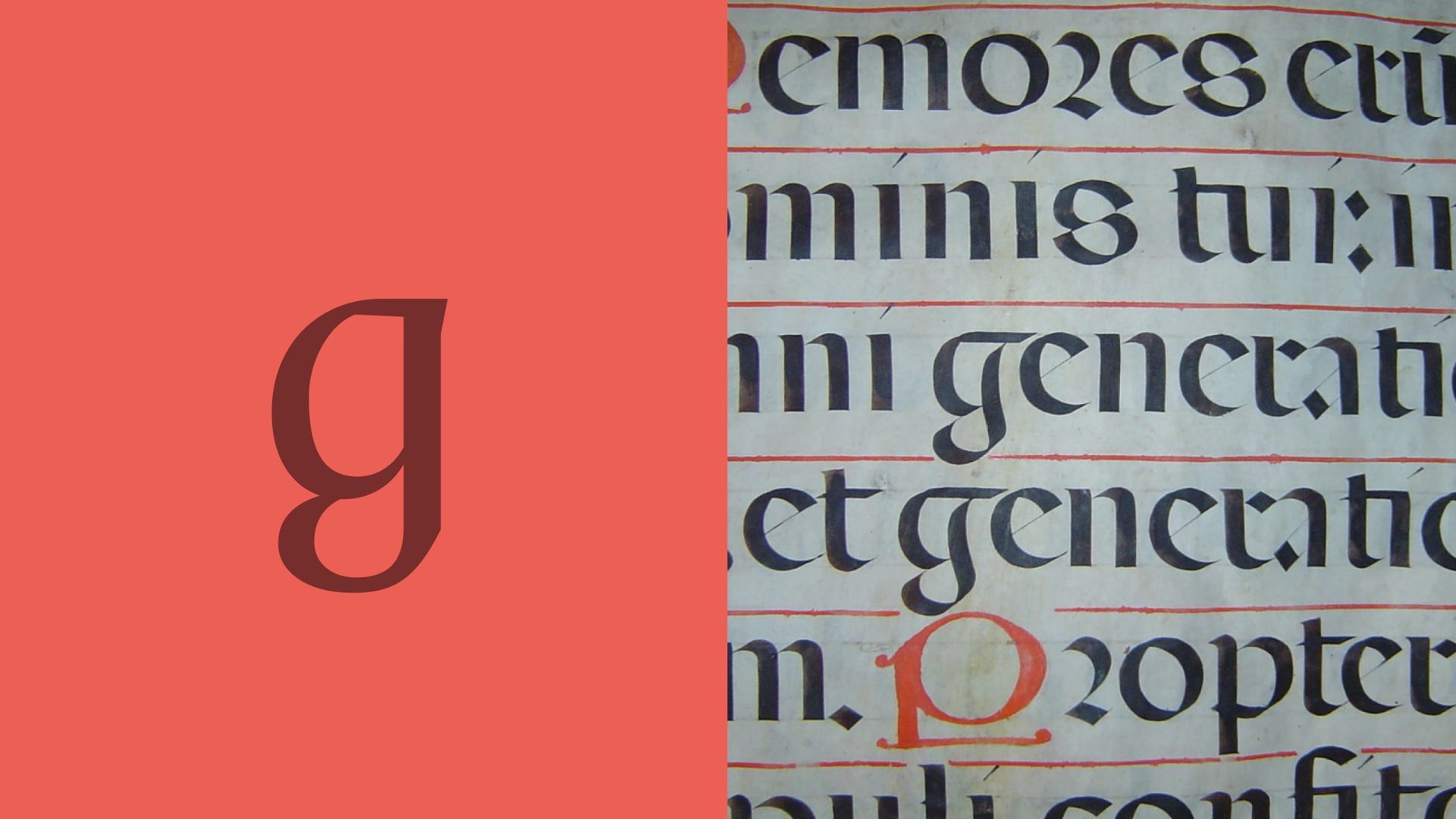

Typography
Keen to offer a contemporary typeface capable of fitting into the international graphic landscape, Blaze Type was entrusted by Graphéine with the development of a typographic family sketched out for the logotype's needs.
The task is a long one: just a few lowercase glyphs set the overall tone. The sources, though rich, do not allow us to construct meaningful capitals: the Gothic capitals are far too typified and illegible to constitute a relevant basis; as for the Caroline, it's a monocameral calligraphy (the capitals are large lowercase letters).
First, Blaze Type polishes the characters extracted from the logotype: curves are redesigned, points adjusted for greater tension; optical corrections are made, the glyphs are harmonized; finally, pairing establish the balance between forms and counterforms.
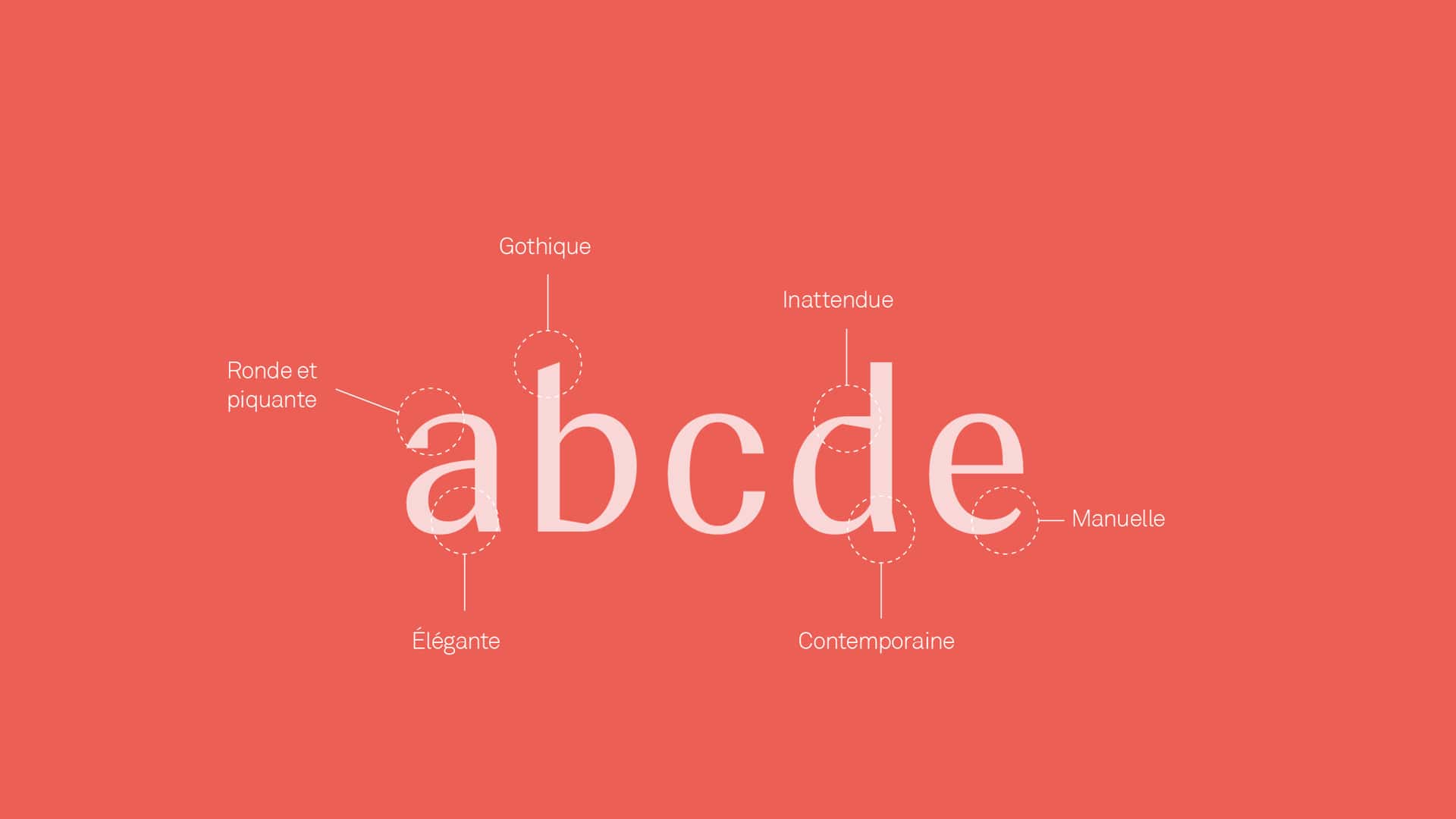
Once this basis had been established, the lower-cases were developed, taking the formal logic to its conclusion. The verticality of the shafts echoes the oblique attack of Blackletters, like the abbey's spire. The characteristic g is a fairly faithful reproduction of that found on a Carolingian manuscript. The lower-case letters take on the roundness of the Caroline, when they are not broken at certain attachments by ductus evoking medieval spelling. While lowercases are part of a type of Sans at the crossroads of humanist and grotesk, capitals must reflect a typically Sans anatomy. In addition, the sensitive looseness established in the lowercases finds its counterpart in a variation in weight between the thickness of the strokes and the crossbars, making the uppercase simpler and more subtle, close to the elegance of the typically French Sans of the inter-war period. We're not far from the Peignot (Deberny & Peignot, 1937) by A.M. Cassandre (1901-1968) or the Chambord (Fonderie Olive, 1945) by Roger Excoffon (1910-1983), except that the width of the Mont Saint-Michel typeface appears narrower. However, a few rhythmic breaks, as with the lowercase, are introduced in certain details. Vertical serif is added to the middle bars of E and F, as well as to the diagonal of K and the ends of S.
Finally, diacritics, punctuation and numerals are drawn to create a glyphset covering all French usage.

Features

The strength of a typeface does not lie in its overall morphology. As Blaze Type likes to remind us, typography is a tool for communication and graphic designers. Creating a custom typeface for a simple logo is more a matter of lettering than typographic design.
Grapheine's aim was also to provide the new organization with a typeface family inspired by the logotype's lettering, but capable of covering almost any need: from a condensed titling typeface for a poster, to the strength of a bold body typeface composing a brochure's heading, to the delicacy of a contemporary sans used on a sign.
"I think the balance came about naturally, after all it's one of Blaze Type's goal to try and blend historical references with contemporary design. As the collaboration was just as natural, so was the development of the typeface."
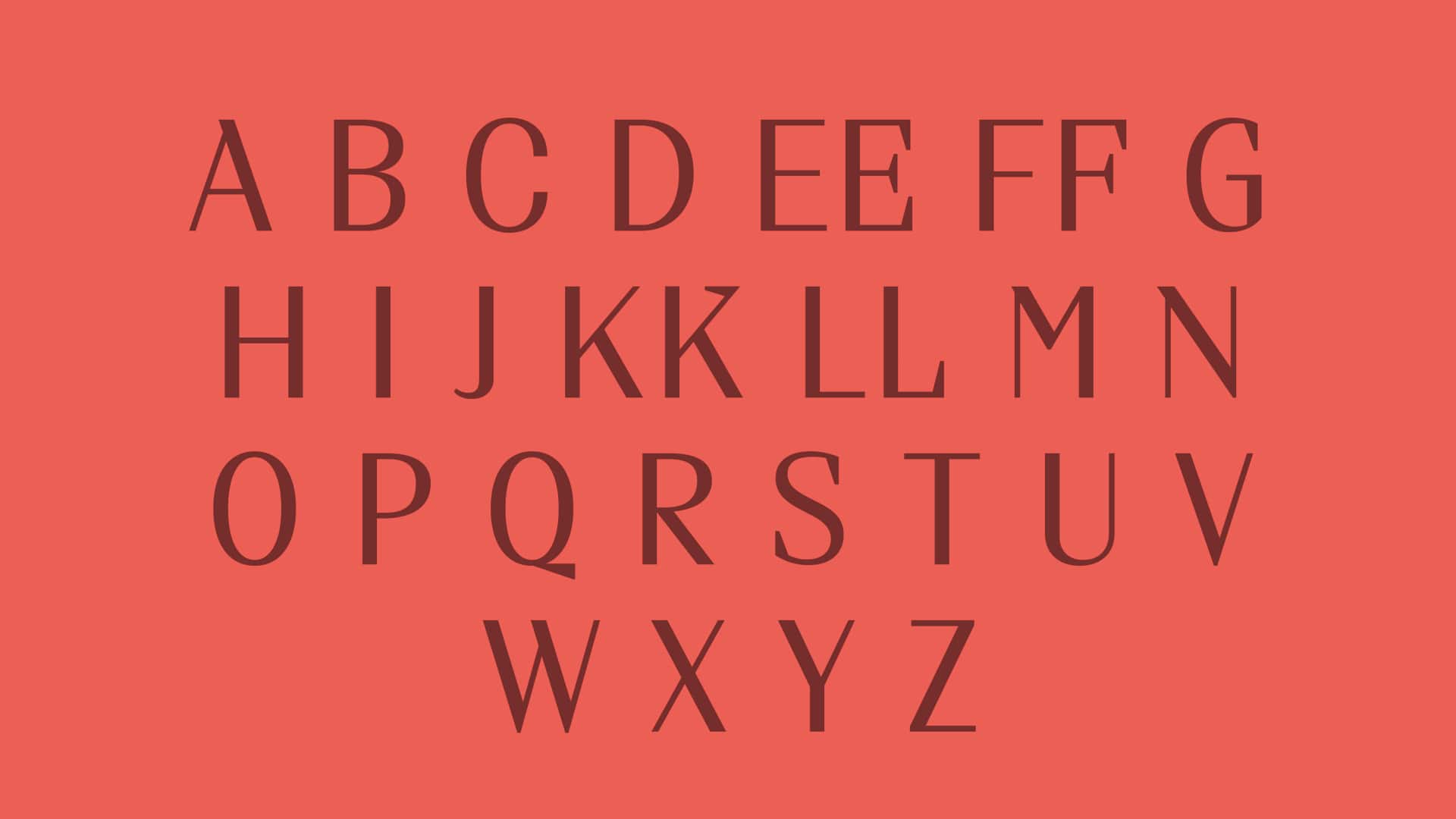
Alternative glyphs
Before going into detail about the development process, Blaze Type goes back to its initial creation in order to offer maximum flexibility to the client and the designer. The peculiarities of certain glyphs can appear on a typographic page as small snags that unnecessarily slow down reading. For this reason, lowercases offers an alternative version for almost every glyph, subtly erasing oblique strokes on strokes, turning points, removing serifs, polishing curves or opening loops.
Similarly, uppercases have had their serifs removed for smoother, more timeless alternative typefaces.
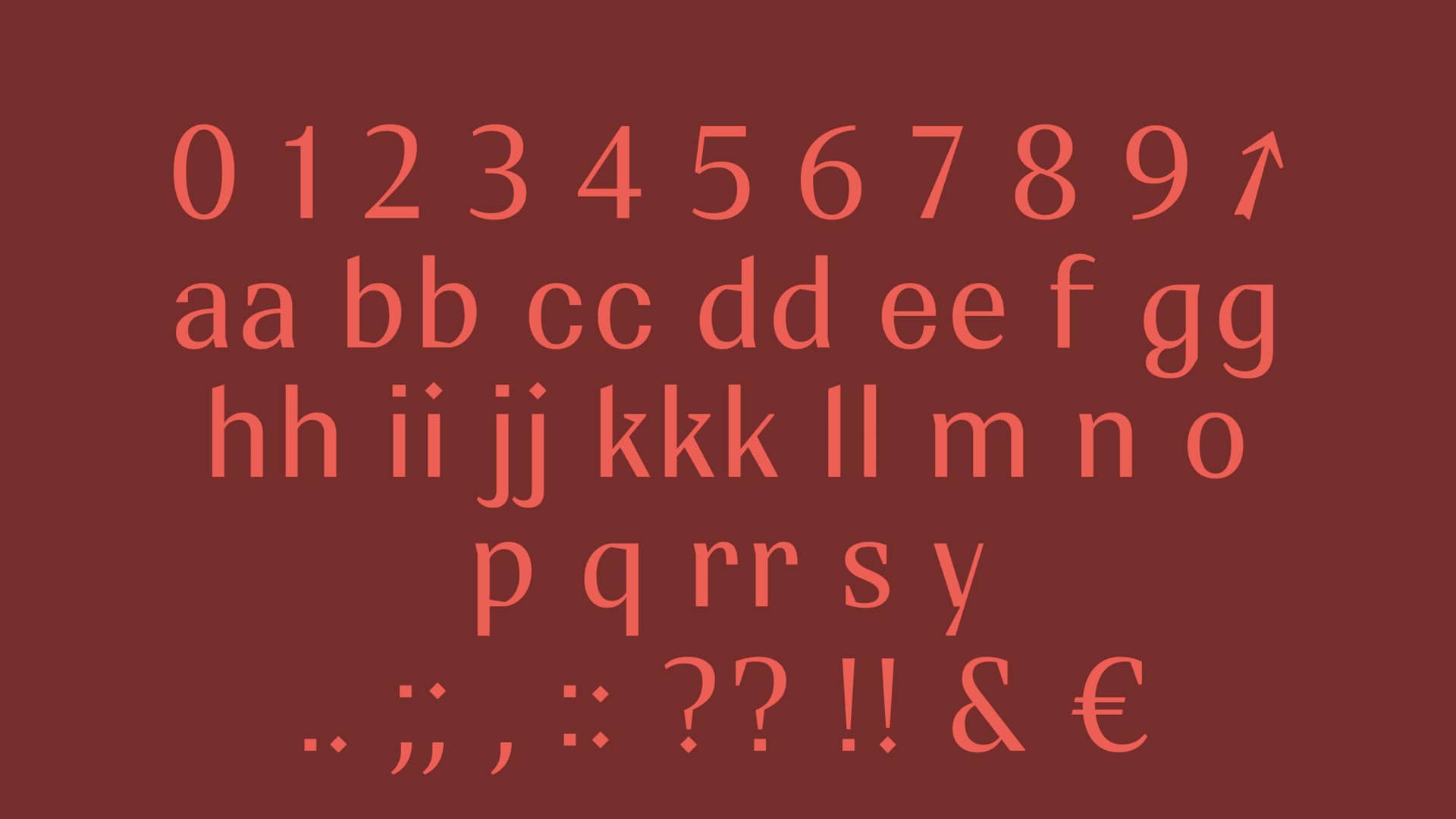
Weight
The second phase of typographic development developed a typeface around 5 weights. Regular served as the skeleton, complemented by Thin and Bold at its extremes. On the one hand, Thin became a homogeneous lineal similar to an early 1900s grotesque, and on the other, the Bold's variation in delineation colored the font in a style close to a sans-serif Normande typical of early nineteenth-century French posters. Once these weights have been developed, interpolation produces the intermediate Light and Medium weights.
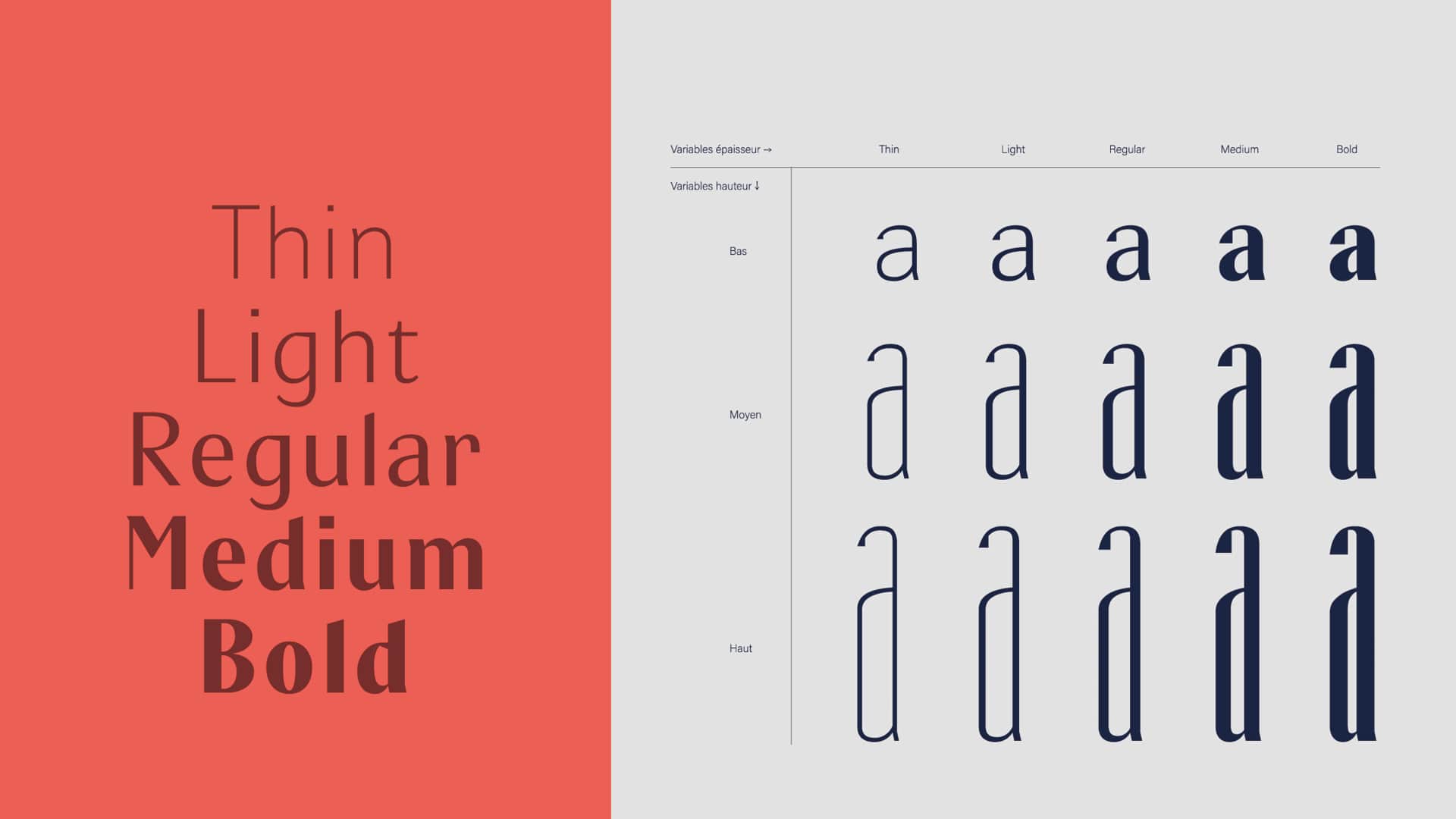
Height variations
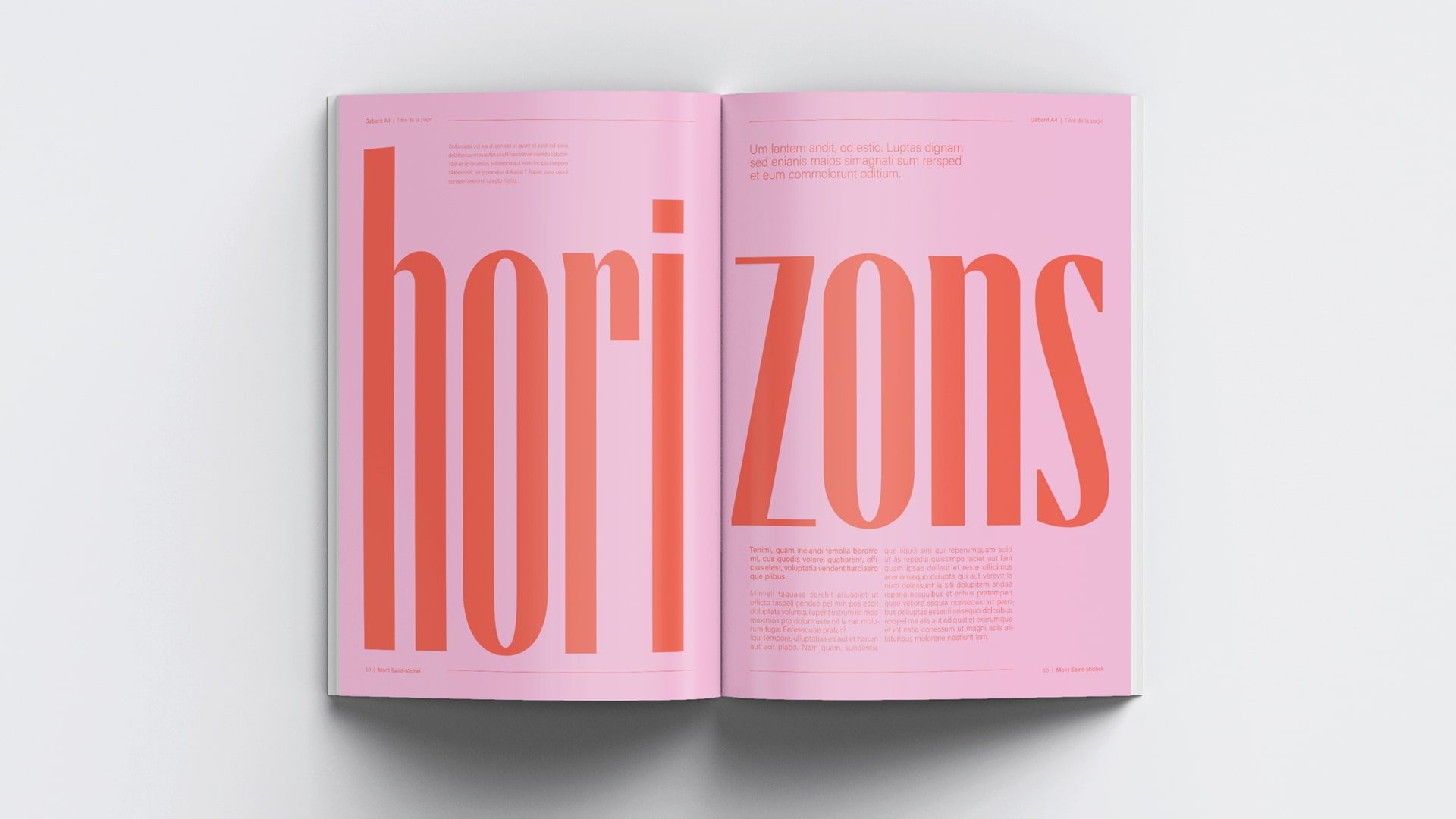
For this time, the family, though developed and functional, remains a limited tool. The originality of the logotype lies in its stretched rather than condensed typefaces. Indeed, it would have been easy to extend the family to a typeface set covering ultra-condensed to condensed, to reproduce the interlocking effect present on the logotype.
The problem is that such a strategy requires the designer to constantly rebalance body and weight in order to harmonize the whole. The relevant, albeit unusual, solution lies in the development of a Variable font, which allows glyphs to be lengthened without affecting either size or weight.
For each weights, a Variable Open type function stretches each glyph according to 3 predefined proportions: Low, Middle and High. These levels correspond to stretching over 2 and 3 x-heights.
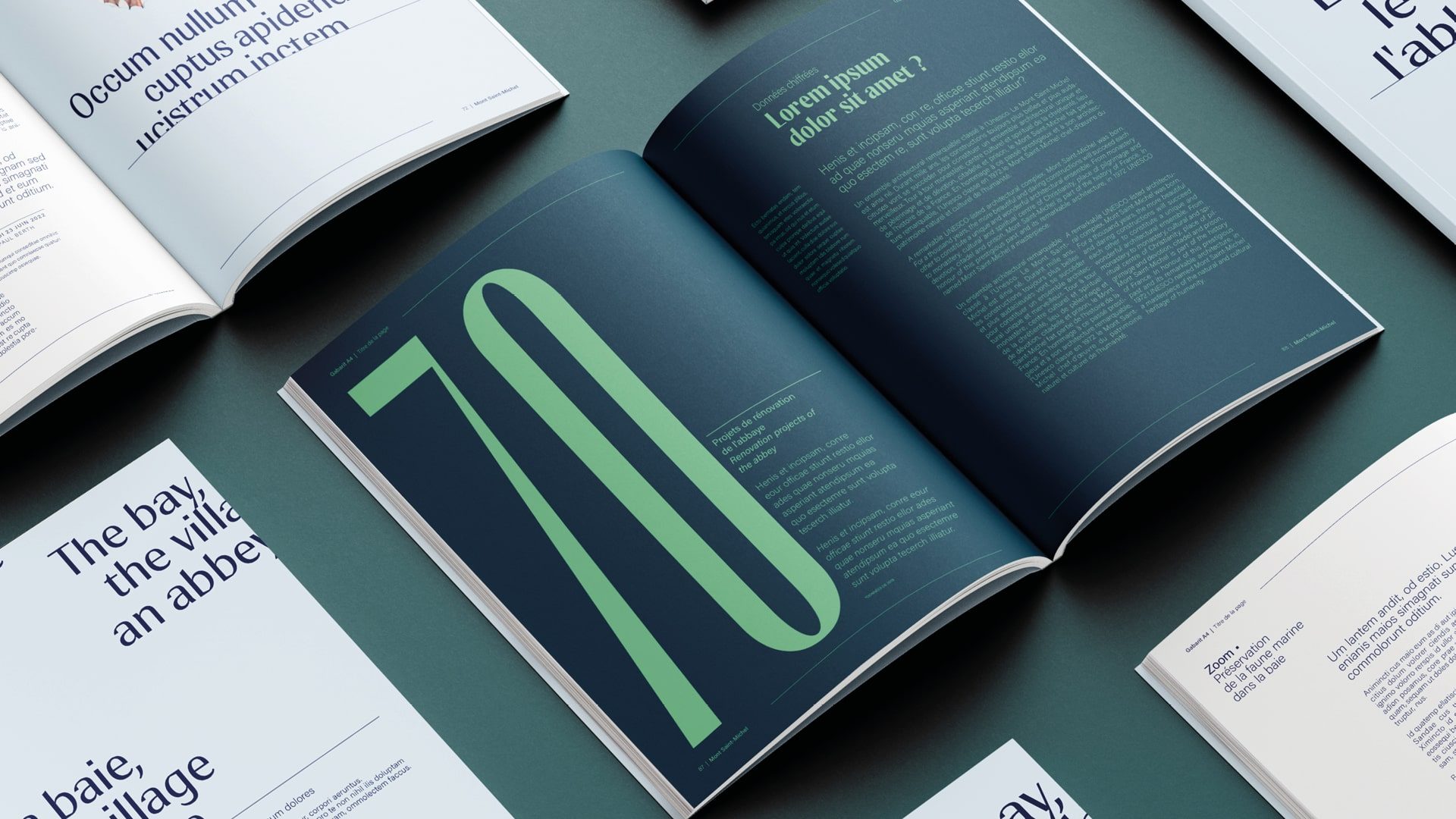

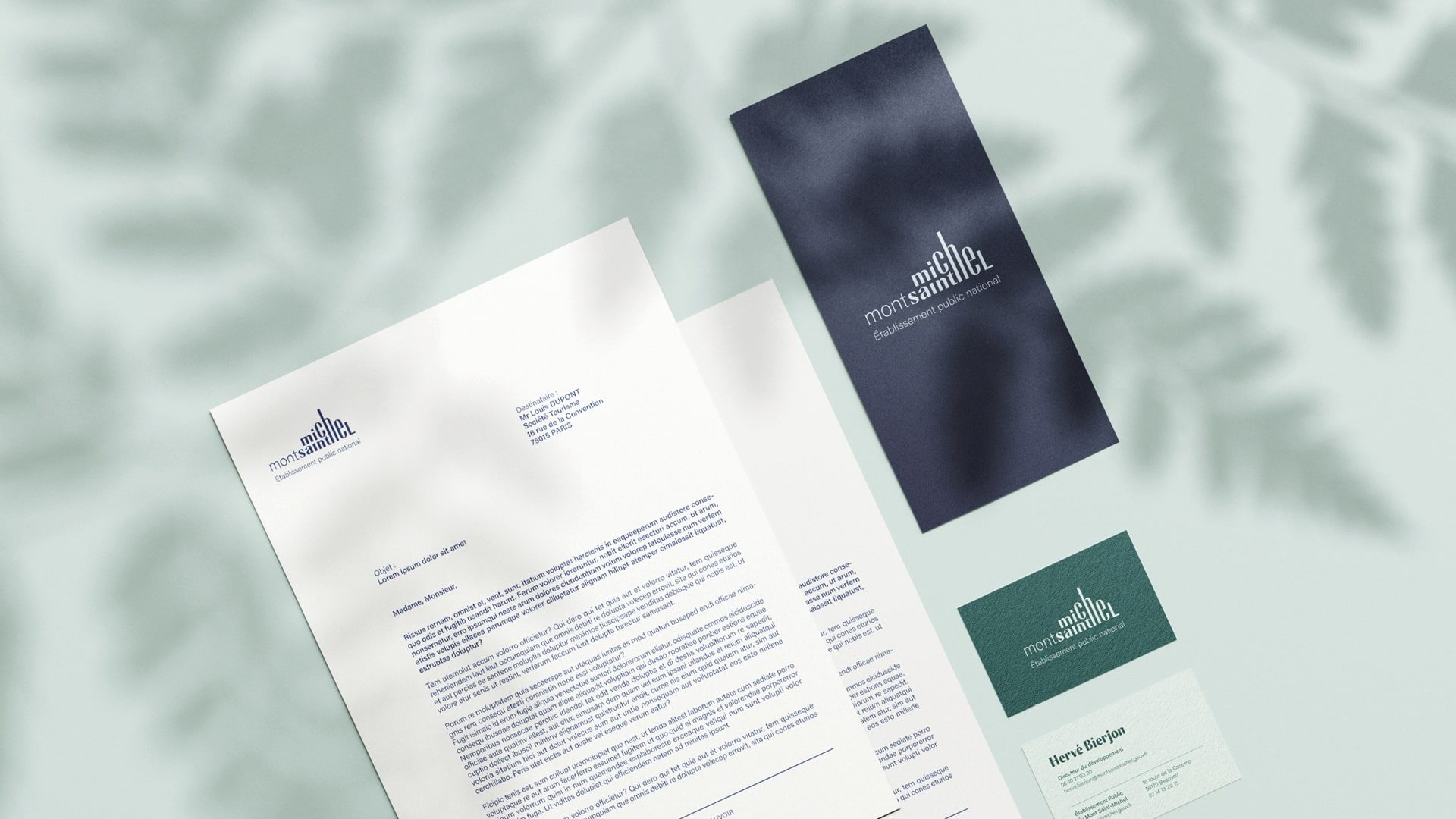
Without becoming transparent, the typography of Mont Saint-Michel offers a French elegance for one of the world's most beautiful sites. The graphic design work of the Graphéine agency pursues this quest for elegant sobriety through a chromatic palette and constant typographic play.
The various examples of graphic identity application perfectly demonstrate the sense of elevation and lightness that typography brings to a colorful yet strict layout. When Bas typography is applied, the repetition of titles in several languages translates a cloud of words into the emptiness of the format.
Adored by the Japanese, the identity of Mont Saint-Michel is matched by the purity of Zen, in the image of this architectural pebble set on the waves.
